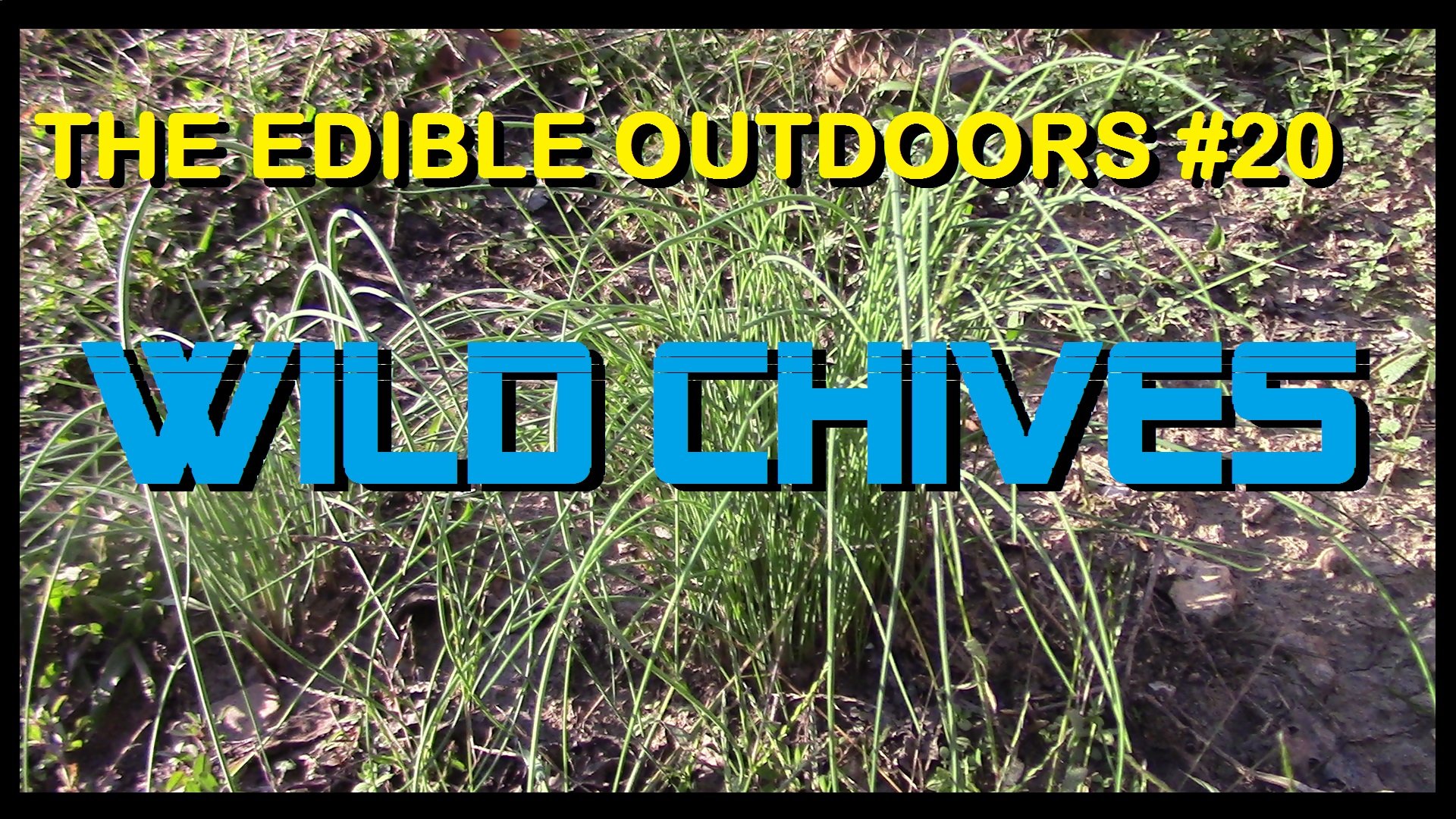
Since our move last year to Northern Arkansas, we have found a whole lot of wild edibles that we were previously unfamiliar with. Two main reasons for that exist. For one, many different varieties of plants grow down here that just are not found in Wisconsin. The other reason is that earlier in my life, I just didn't care much about free food.
I know that sounds strange and weird, that someone wouldn't care much about getting some free food, but, unfortunately, many people live their lives that way. These days, though I am no expert, I am learning, applying, and sharing knowledge about the wild edibles that exist all around us!

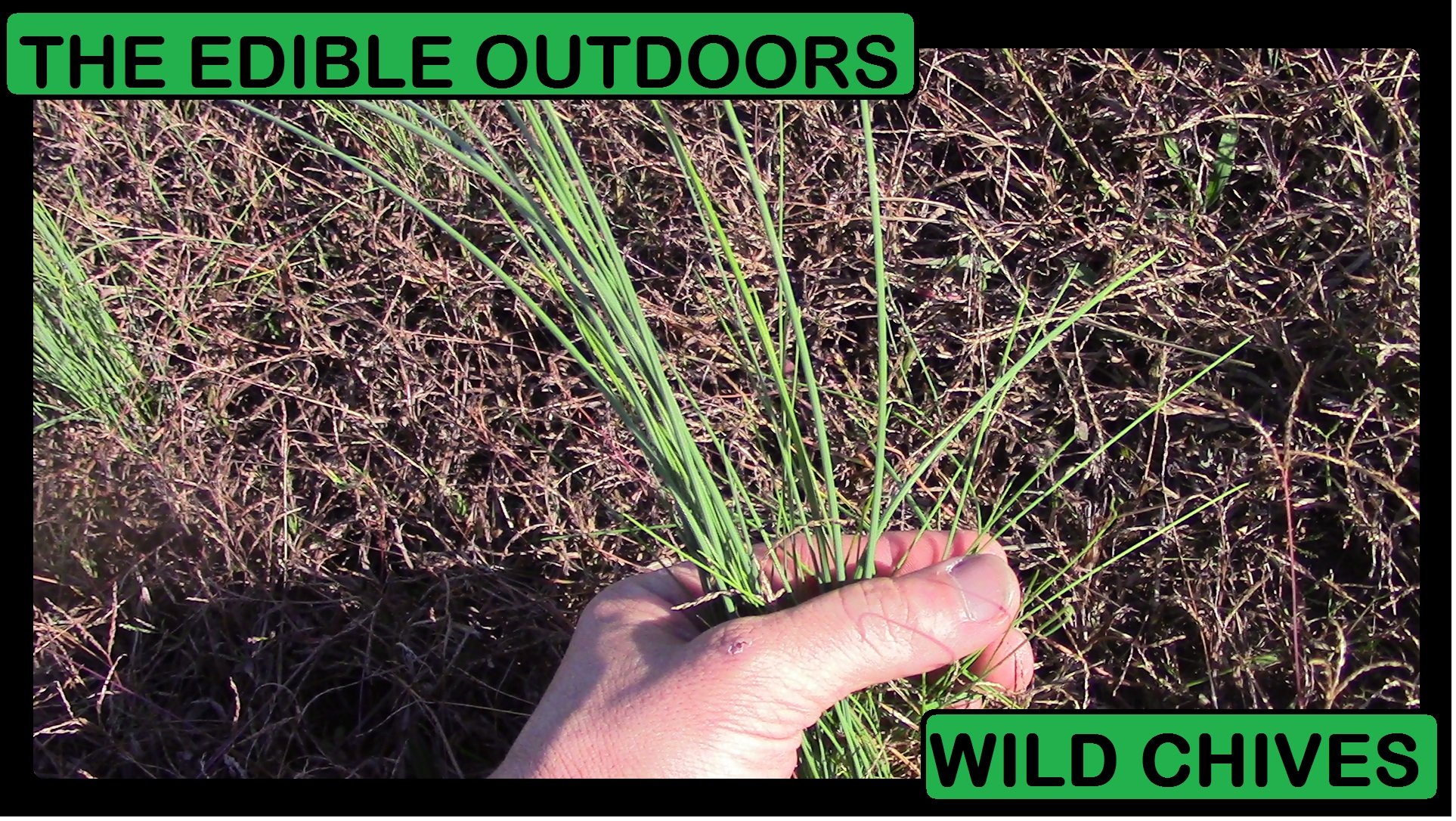
IDENTIFICATION
Wild Chives look a lot like the garden varieties, but can often be shorter, from what I've seen. Many of the ones that I have seen are in locations that get mowed at least periodically, so their height may be affected by that. If you have ever seen Chives in a garden, you should be able to recognize them when you encounter them in the wild too.
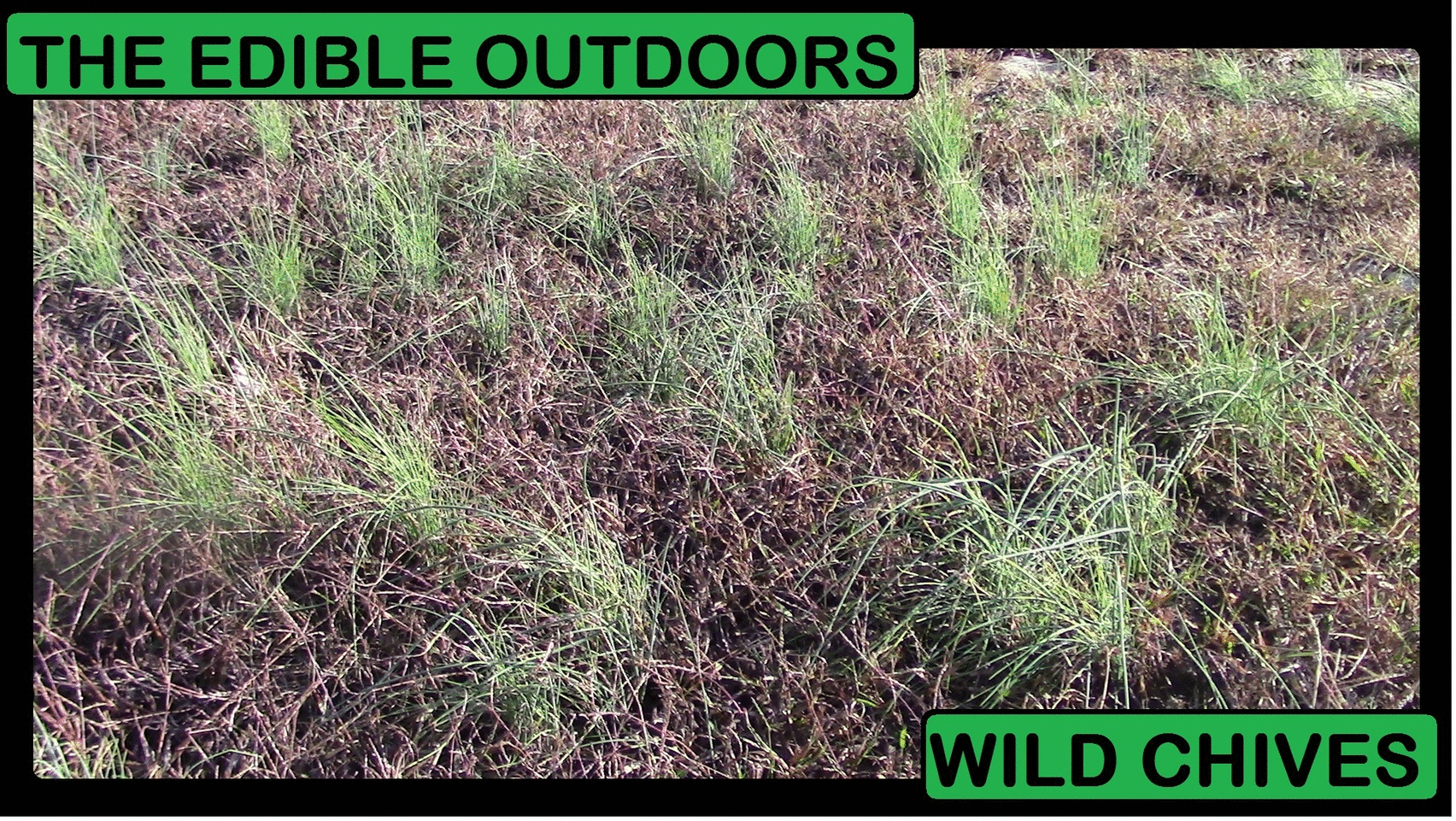
The shape of the Wild Chives is very similar to the ones that I have grown in gardens, though the individual bunches do not seem as thick. Also, they seem to be spread around in the areas that I see them, so when I find one plant, I usually find a lot more in the same area. The hollow shoots are another dead giveaway, as well as the strong "oniony" scent that Chives carry. I suppose that if I ever do mow any with a lawnmower, the aroma would let me know that I just missed noticing some.

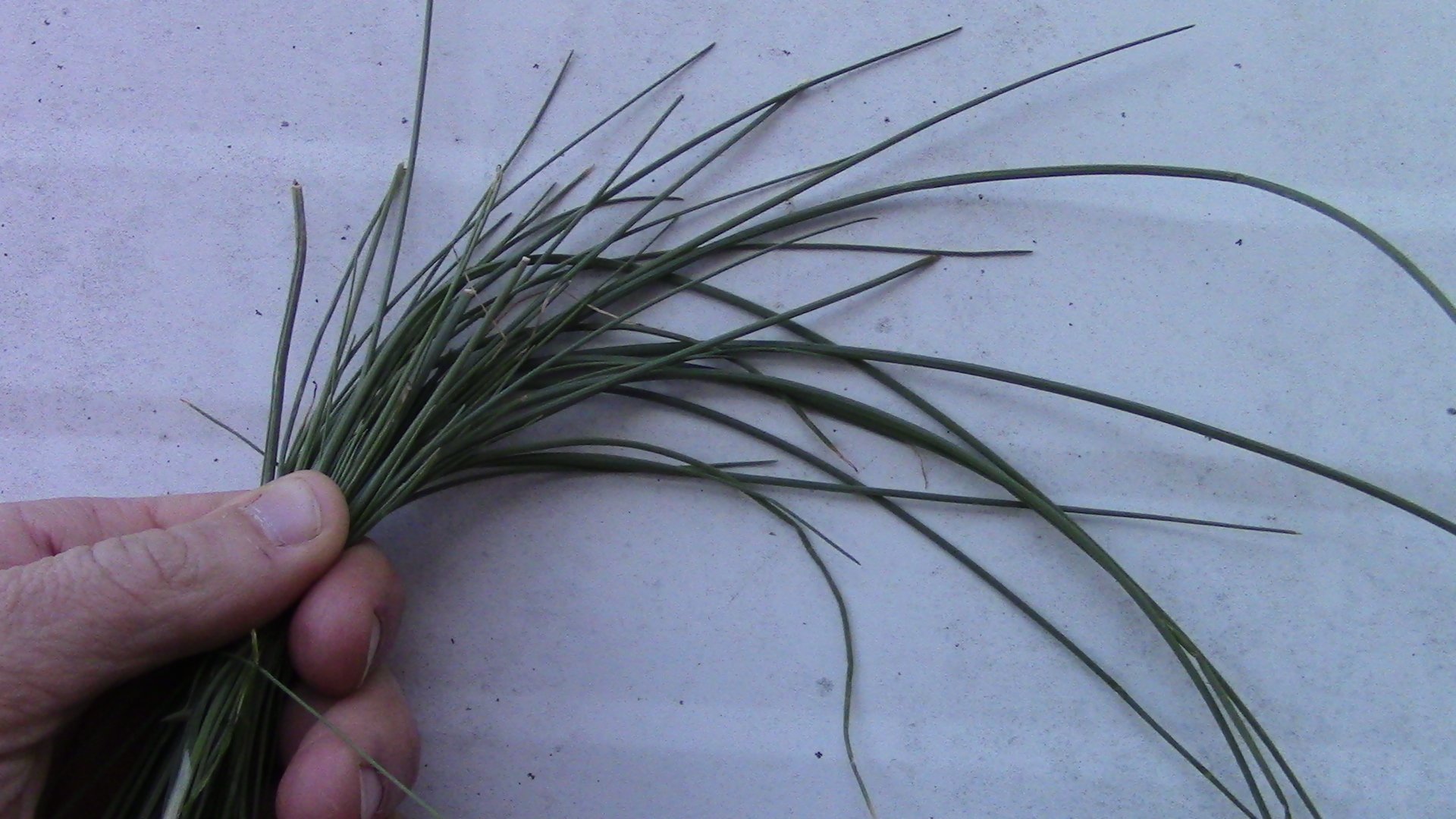
DISTRIBUTION & REPRODUCTION
Wild Chives in the US grow in zones 4-8, so I assume that I have encountered them in Wisconsin as well, but that I probably didn't pay any special attention to them or forgot about the encounter. In Arkansas, I have mostly found them growing in either open fields or along wood-lines.
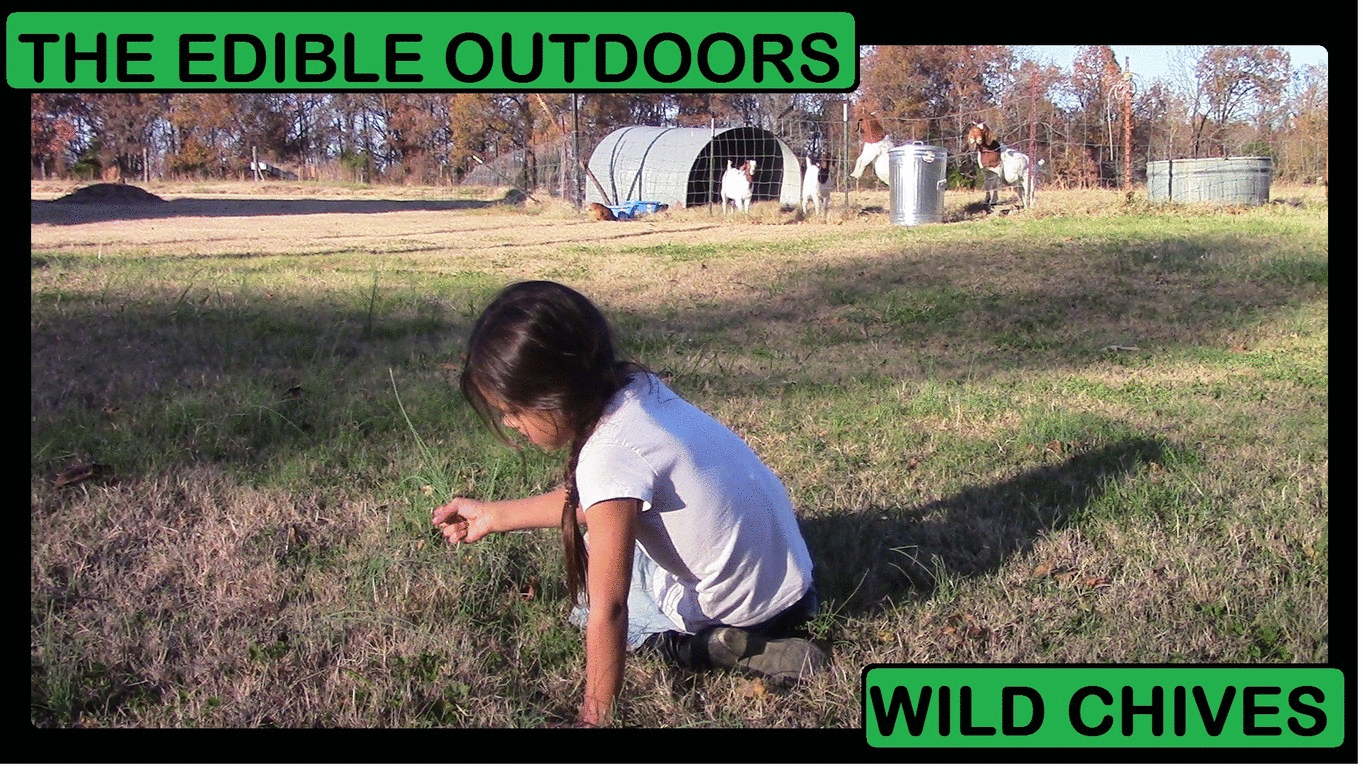
Since Chives are perennials, they grow in the same place that they are established, year after year. The bulbs below the surface send up the round, hollow leaves each spring and continue to be available for foraging for most of the year here in Arkansas. Though I have not seen the Wild Chives flower, probably due to lawnmower intervention, the plants will flower and produce seeds as well, which is how the plant spreads.

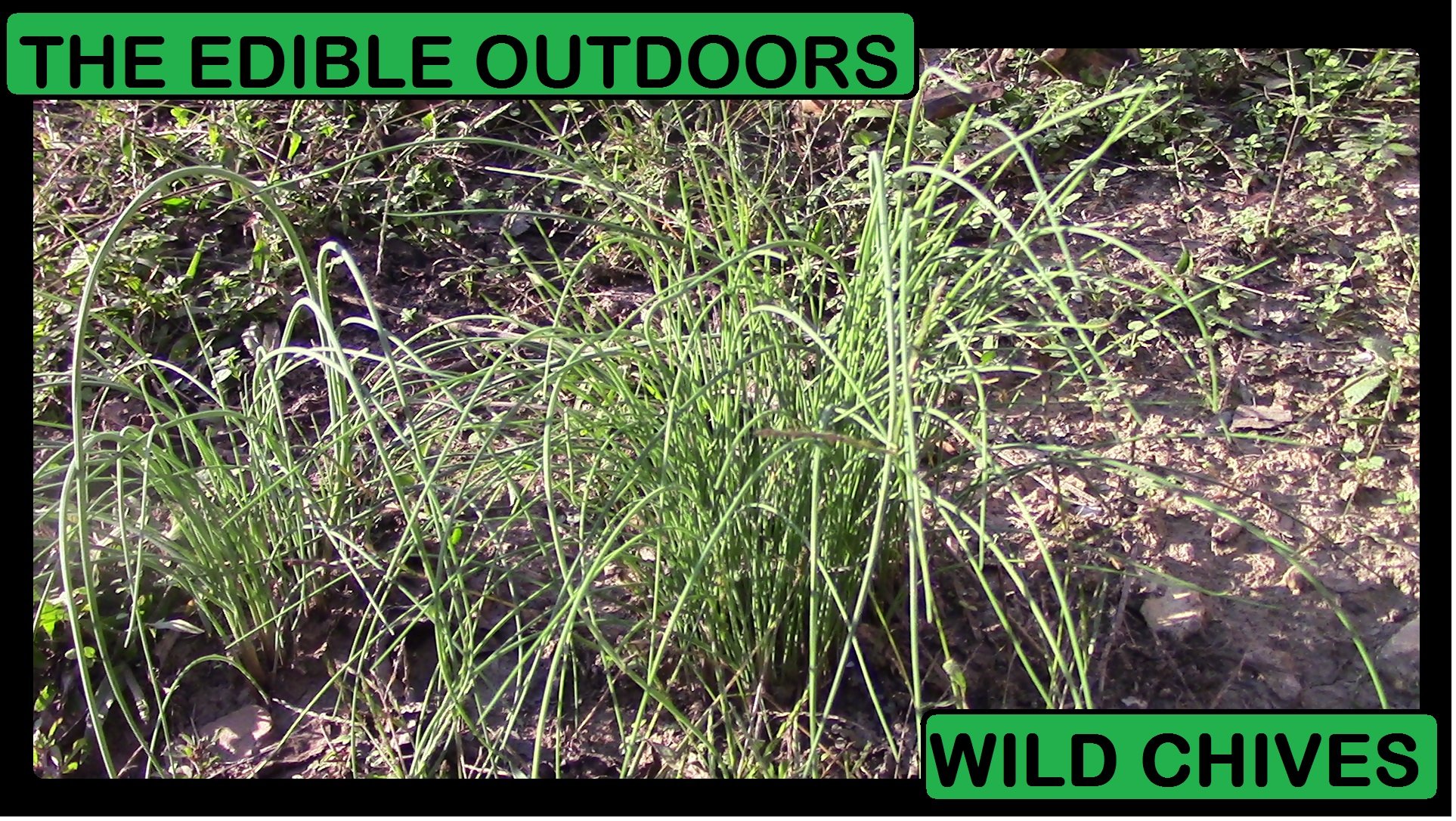
NUTRITION
This food is very low in Cholesterol and Sodium. It is also a good source of Thiamin, Niacin, Pantothenic Acid, Phosphorus and Zinc, and a very good source of Dietary Fiber, Vitamin A, Vitamin C, Vitamin K, Riboflavin, Vitamin B6, Folate, Calcium, Iron, Magnesium, Potassium, Copper and Manganese.
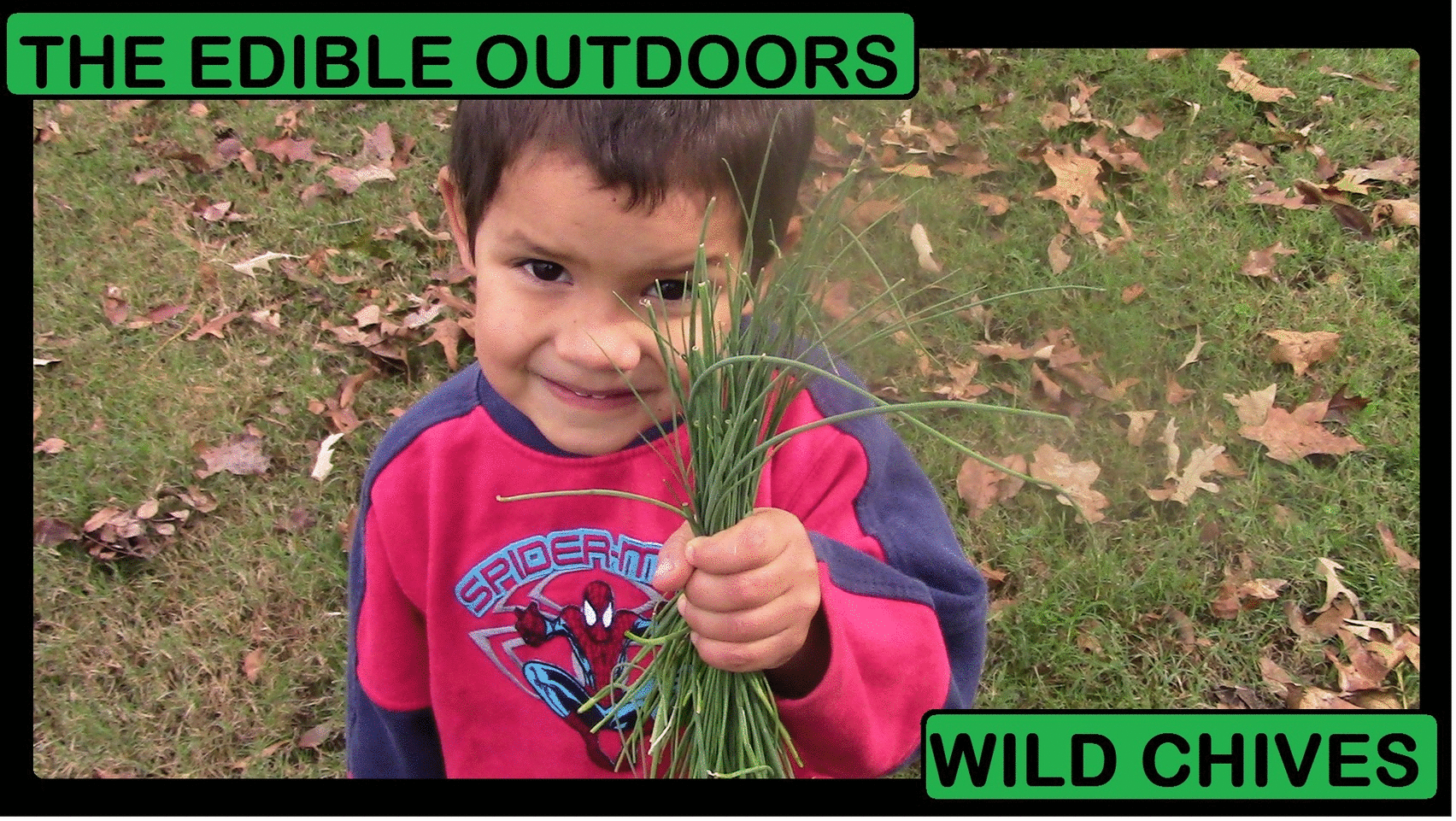
This is another one of those wild edibles that can be readily available, but isn't necessarily going to fill you up. In a time of need, it can provide some nutrition, but the strong onion flavor may not exactly be inviting to most.

USES
Wild Chives can be used the same way that garden Chives can be used. We like to go gather our own rather than drive to the market to buy some. Though I'll probably grow some of the garden varieties too, just because they are easy to grow and I can, having the Wild Chives available is a huge blessing too.
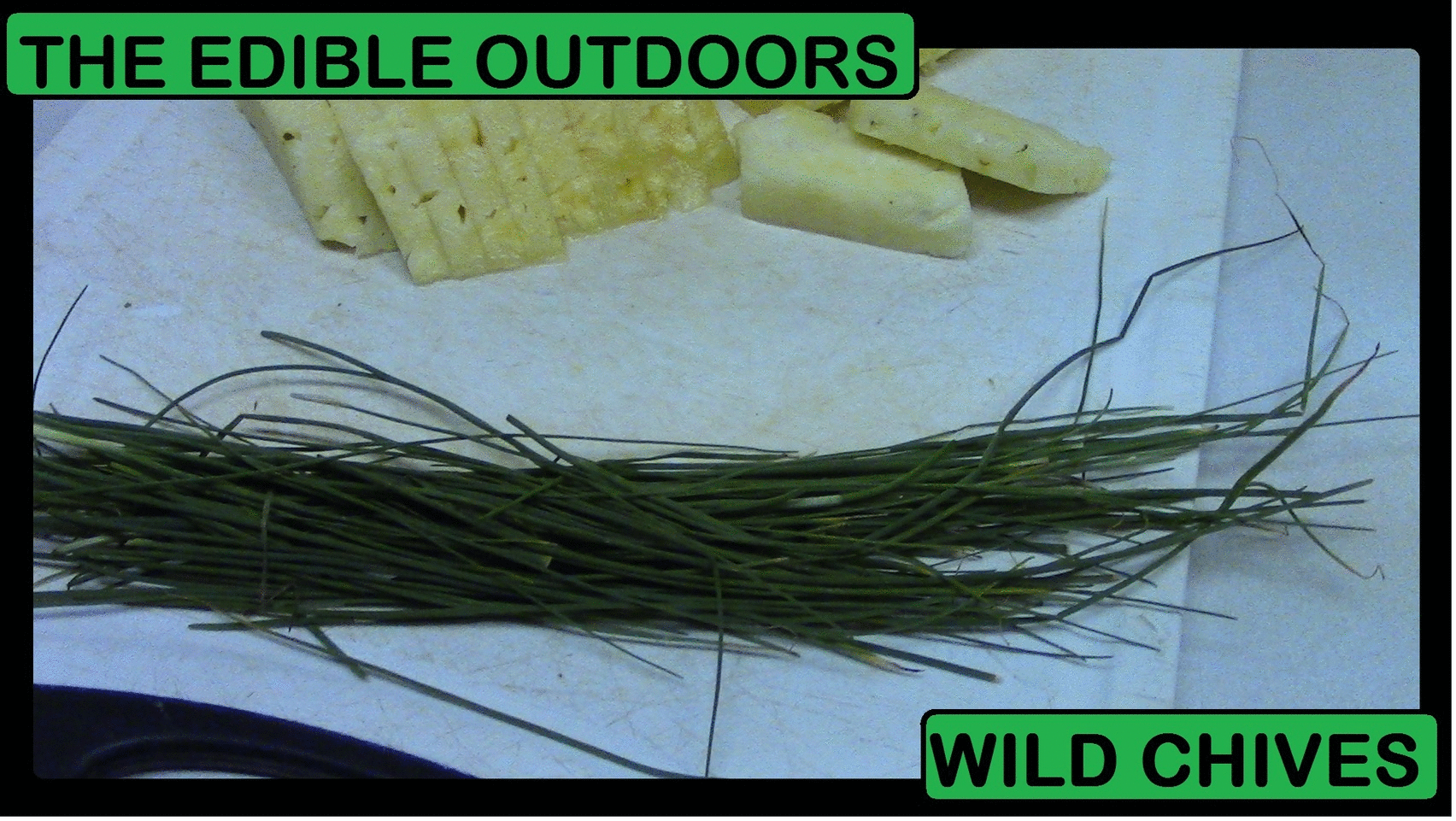
Just this evening I was butchering up my second buck and making some butterflied back-straps for dinner. I had my oldest run outside and grab a handful of Wild Chives to add to the mashed potatoes. The only thing that could have made it any better was if we had grown the potatoes ourselves. But... we were still able to get our hunter/gatherer on with the deer meat and Wild Chive spice!

As always, I'm @papa-pepper, and here's the proof:

proof-of-wild-chives

Except for the cited nutritional information,

Here's previous THE EDIBLE OUTDOORS posts:
- 1-Common Yellow Wood Sorrel
- 2-Lamb’s Quarters
- 3-American Gooseberry
- 4-Stinging Nettle
- 5-Sassafras
- 6-Creeping Charlie
- 7-Dandelion
- 8-Plantain
- 9-Mint
- 10-Garlic
- 11-Purslane
- 12-Elderberry
- 13-Prickly Pear Cacti
- 14-Wild Lettuce
- 15-Passionfruit
- 16-Alfalfa
- 17-Chicory
- 18-American Beautyberry
- 19-Wintergreen & Partridge Berry
FOLLOW

Awesome Handcrafted @papa-pepper logo kindly donated by @vlad - Thank you!!

OPERATION TRANSLATION logo provided by @oecp85.
(click link above for more info on Operation Translation.)
